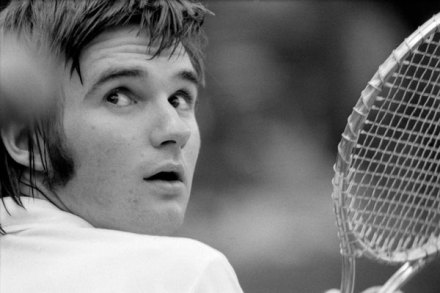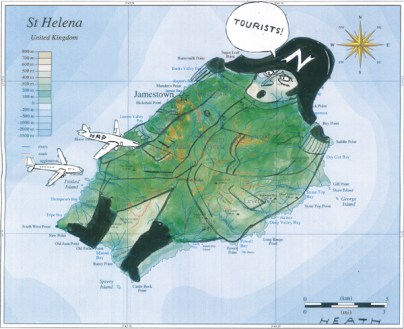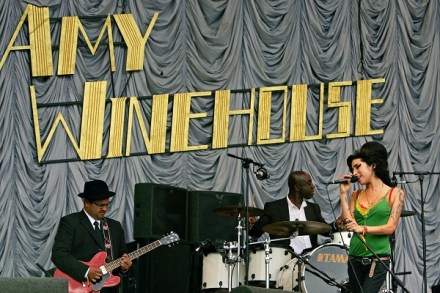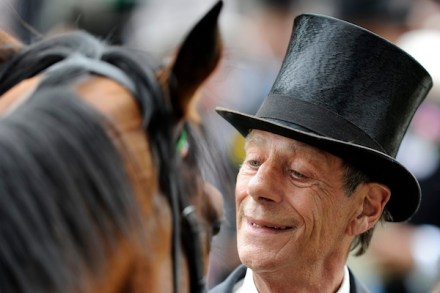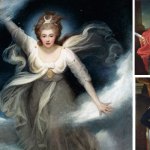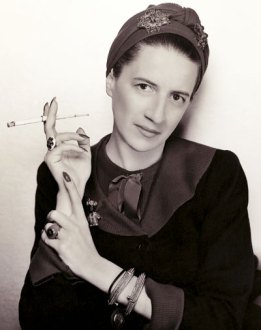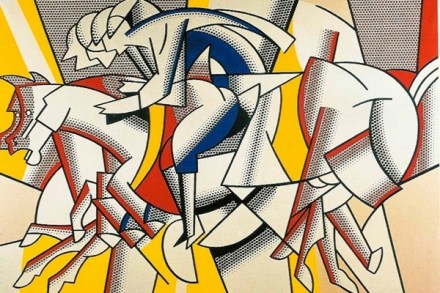The Outsider, by Jimmy Connors – review
As a teenager in the 1980s I liked Jimmy Connors. This meant parking my not inconsiderable jealousy that he’d once had Chris Evert as his girlfriend. Magnanimously, I agreed to do so. Not only did the star respond to a shout of ‘come on Connors’ with ‘I’m trying for Chrissakes!’, he was also, you sensed, the real thing: a genuine rebel. John McEnroe played at it, but — like Ian Botham in cricket — always had a faint air of the knob about him. Connors’s anger, he reveals in his autobiography The Outsider (Transworld, £18.99), stems from the day he was eight and saw his mother beaten up on a
